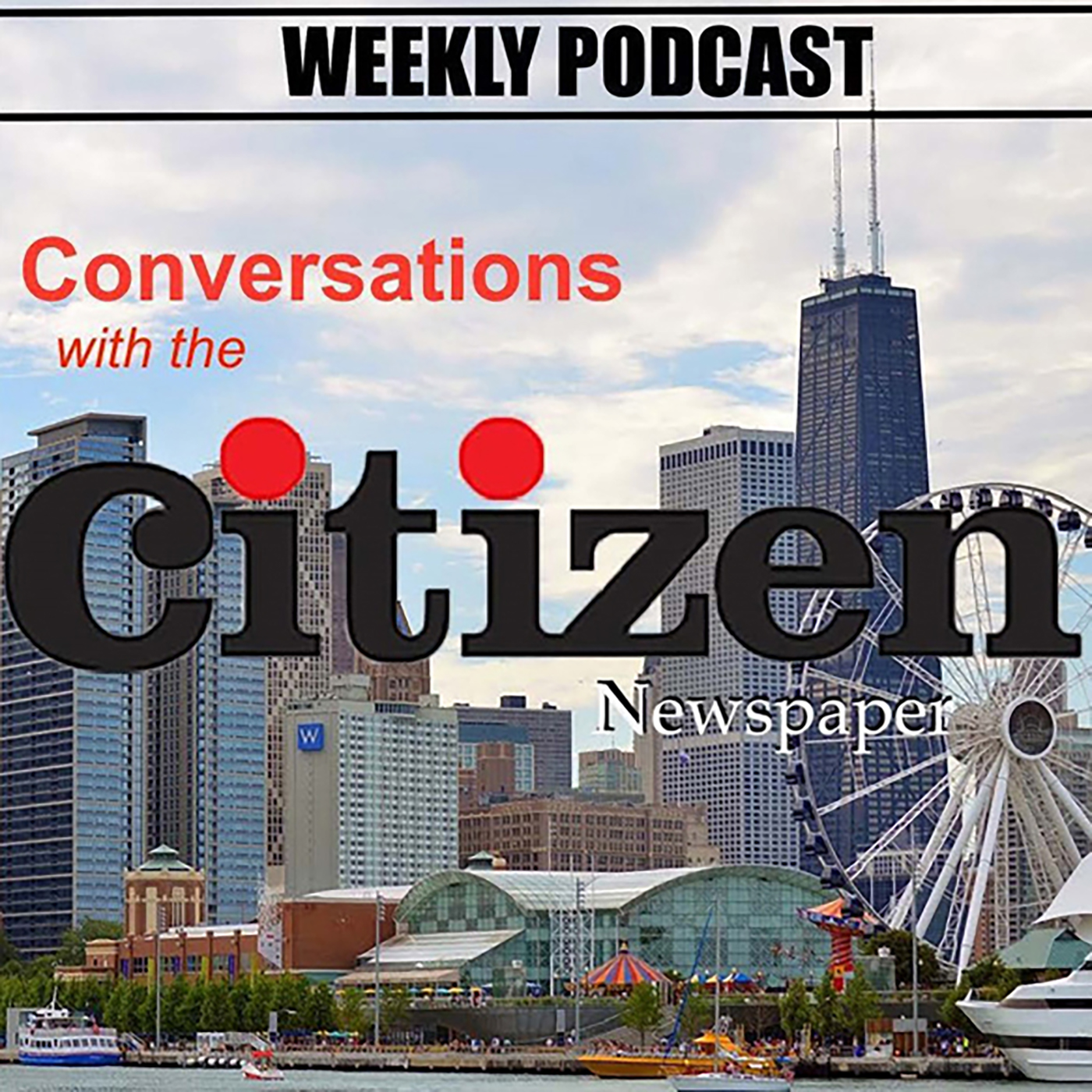COMMUNITY RESOURCE CENTER HELPS RETURNING CITIZENS
Cook County Sheriff Tom Dart launched the Community Resource Center in September. The program is an extension of the Supportive Release Center program, which ended in May. Photo courtesy of Cook County Sheriff’s Office
The Community Resource Center is an expansion of the Supportive Release Center program, which was developed by the Cook County Sheriff’s Office, Heartland Alliance, Treatment Alternatives for Safe Communities and the University of Chicago.
With the Supportive Release Center program, temporary food, clothing and shelter are provided to returning citizens upon discharge at a location near the Cook County Jail campus.
While the Supportive Release Center program ended in May, the sheriff’s office saw a need to serve as a liaison between individuals and social service providers at a time when there is economic instability as a result of the global pandemic.
Dr. Marianne Kelly, deputy director of the Community Resource Center, said it was important at the sheriff’s office to take the Supportive Release Center program and expand it, to make sure it could provide even more services.
Due to COVID-19, the Community Resource Center program is operating virtually and Kelly said, the sheriff ’s office had to switch gears and change how the program is executed.
Now, outreach calls are made to individuals 24 to 48 hours after they are released from custody. Following that, an evaluation is made as to whether the individual is interested in any re-entry program or support services from the sheriff’s office. After the individual accepts the resources, an assessment is completed to evaluate what kinds of services the person may need.
Kelly said it has been very effective to call the individuals 24 to 48 hours after their release to find out if they are interested in receiving resources and services.
“We really thought it would be a huge challenge. I have worked with this population for 23 years,” she said. Kelly added that while they “expected resistance,” they haven’t experienced any.
She added the Community Resource Center has made about 800 outreach calls since Sept. 23 and out of those calls, there are 60 people interested in receiving services and resources. She said she doesn’t even think they necessarily “staffed up enough for the positive reaction,” they’ve received.
Kelly said while they’ve definitely made referrals for things like substance abuse treatment, clinical referrals are being made less frequently, but requests for basic needs are occurring more often. She said basic needs, including housing, shelter, food, access to job training and employment opportunities, are all areas where there is the greatest need for resources.
The ultimate goal for the Community Resource Center is to serve as a “hub for service delivery and [as a] linkage for individuals,” Kelly said, who described the Community Resource Center as having many purposes.
It’s meant to bring social service entities together that already exist within the sheriff’s office, she said, and it’s designed to “become a physical space [and] not only a supportive release center,” she stated.
Kelly went on to describe its intended purpose as “a community center of sorts,” “a counseling center of sorts,” and “a drop-in center for clients,” as well as a place for partner agencies to hold office hours.
Latest Stories
- Josephinum Academy to Host “Walk for the Jo” Rally and Celebration
- Illinois Students Descend on Peoria for SkillsUSA’s Elite Workforce Development Competition April 25-27
- UNITED NEGRO COLLEGE FUND AND FM OMNI CHANNEL RADIO STATION PARTNER TO HOLD FIRST RADIO THON, APRIL 25th
- ICYMI: Midwest Democratic Leaders Emphasize Party Strength and Unity Ahead of 2024 Democratic National Convention
- West Side Young Men Travel to the State Capitol to Advocate for a new Department for Early Childhood and the Austin People’s Action Center’s Freedom School
- Comcast Launches NOW – a New Brand and Product Portfolio that Redefines Low-Cost Internet, Mobile, and TV
- Wards365 Announces Summer50 Fest on Saturday, May 18 at United Center City-Wide Resource Festival focused on Summer Activities for Youth and Families
- The Magic Of Alvin Ailey Comes To The Auditorium Theater
- BOSS Impact Funds Gives Black Women Entrepreneurs Access To Capital
- Closing the Black Maternal Health Gap Is At The Center Of Organization’s Work
Latest Podcast
Sydney Blaylock-The local skater with national experience

